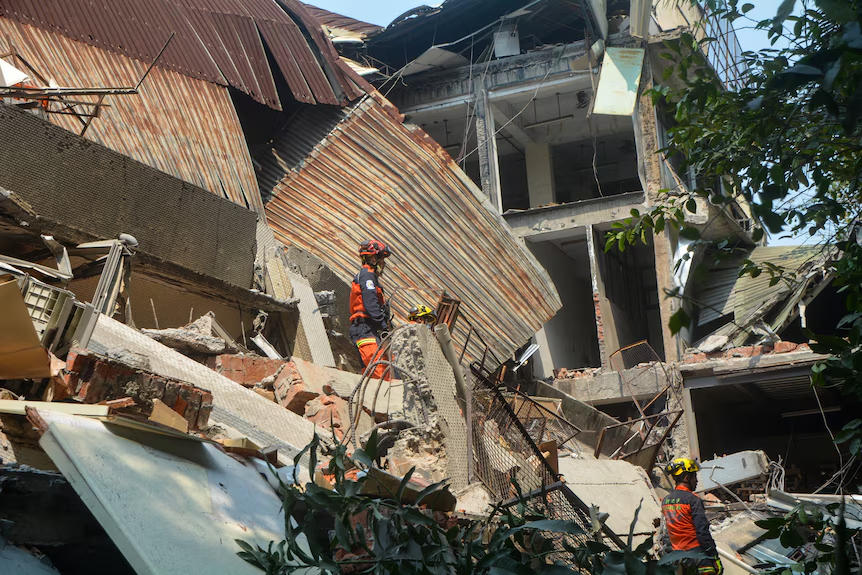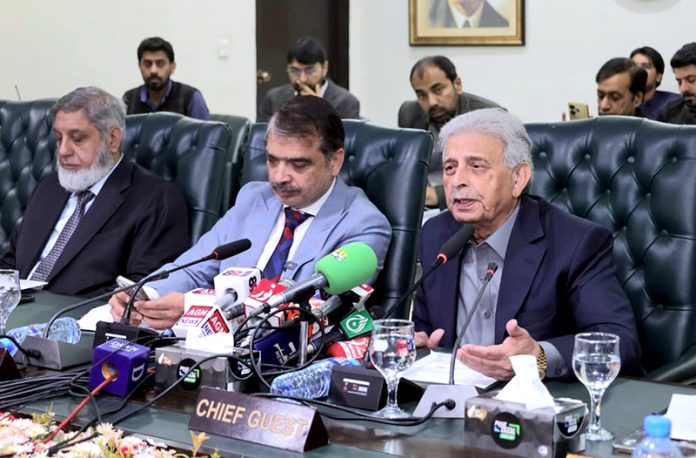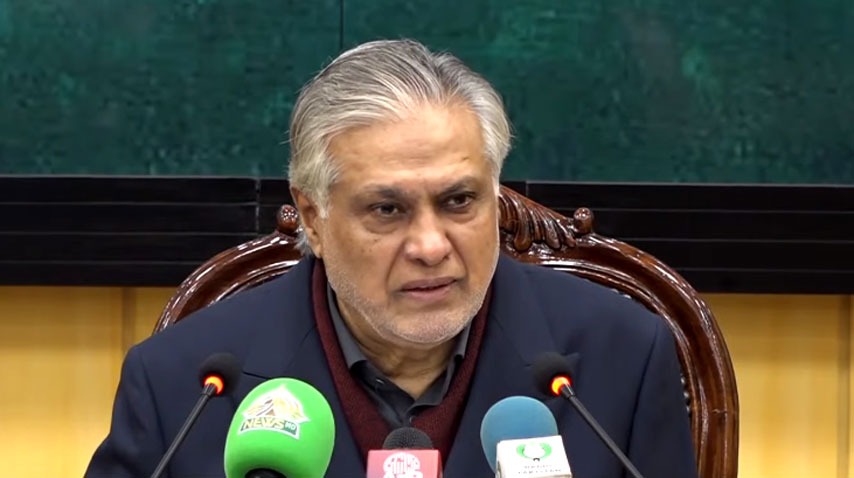Pakistan deploys anti-smog cannons in Punjab as toxic air threatens millions again
LAHORE: As South Asia braces for another smog-filled winter, Pakistan’s eastern Punjab province has launched a major campaign to combat one of the world’s worst seasonal air pollution crises.
In a first for the region, the provincial government has deployed anti-smog cannons across major cities, including Lahore, to disperse toxic particles before they reach hazardous levels. The high-pressure cannons spray ultra-fine mist into the air, trapping pollutants such as PM 2.5 and forcing them to the ground.
Officials hope the technology will prevent a repeat of last year’s environmental emergency, when thick smog blanketed the province and choked millions of residents.
“This is not just about cleaning the skies, it’s about protecting the health and future of our people,” Punjab Chief Minister Maryam Nawaz said while unveiling the new anti-smog system last week.
The initiative is part of a broader anti-pollution strategy that also includes Punjab’s first real-time smog early warning system, giving residents live Air Quality Index (AQI) data and forecasts.
Authorities say this tool will help citizens take preventive steps, such as limiting outdoor activity and wearing protective masks, while enabling faster government responses as pollution levels rise.
Stronger enforcement and drone surveillance
Speaking to Pakistan TV Digital, Dr. Zafar Iqbal, additional director general of the Environment Protection Agency (EPA) Punjab, said this year’s anti-smog drive is backed by unprecedented resources and technology.
“In comparison to 2024, the Punjab government has provided ample support by increasing both human and logistic resources,” Dr. Iqbal said. “We now have a dedicated Environment Protection Force fighting against the smog crisis.”
The EPA, he added, has deployed drone surveillance to identify and monitor pollution sources such as illegal emissions and stubble burning. Following the installation of new emission control systems, several major sources of industrial pollution have already been curtailed.
To bolster its arsenal, the province has purchased 15 anti-smog cannons and eight new air-quality monitors for real-time air data across key urban centers.
Dr. Iqbal noted that cross-border pollution remains a major concern, particularly smog drifting into Lahore from across the Indian border.
“Since India is also a major source of smog over Lahore’s skies, we plan to use these smog guns to fight off the incoming clouds and shield our citizens,” he said.
Health concerns mount as air quality deteriorates
Despite the government’s efforts, health experts warn that Lahore’s air quality, already among the 15 most polluted cities worldwide, is deteriorating earlier than expected this season.
AQI readings have climbed from 92 last week to over 150, a level considered “unhealthy” for all populations.
“This air is already harmful to breathe,” Dr. Ayesha Malik, a pulmonologist based in Lahore, told Pakistan TV Digital. “Early spikes in PM 2.5 are dangerous, especially for children, the elderly, and people with respiratory conditions.”
Global implications of a regional crisis
Last winter’s smog crisis was one of the worst on record. Satellite images from NASA showed a vast pollution cloud stretching from Lahore to New Delhi. Air-quality levels in parts of Punjab reached 1,200 AQI, four times higher than the “hazardous” threshold.
Schools were closed, transport ground to a halt, and hospitals were overwhelmed with patients struggling to breathe. UNICEF estimated that more than 11 million children under five were exposed to toxic air during the peak weeks.
Government data shows nearly two million people sought medical care for respiratory issues in a single month. A grim reminder of the scale of the problem.
The long shadow of smog
International studies warn that prolonged exposure to PM 2.5 can shorten life expectancy by up to five years in heavily polluted regions. Research from Harvard University and the World Health Organization links such exposure to chronic respiratory diseases, heart conditions, and premature deaths.
As Punjab’s new anti-smog systems and environmental enforcement teams swing into action, experts say the real test will come in November, when pollution typically peaks.
For millions living under grey skies, the government’s technological offensive offers a glimmer of hope, but only if it’s matched by sustained policy reforms in industry, energy, and agriculture.
Latest News
6.6-magnitude earthquake hits off Taiwan: USGS
2 HOURS AGO

Pakistan rejects Israel’s Somaliland recognition, upholds Somalia’s sovereignty
3 HOURS AGO

Pakistan committed to promoting exports, business-friendly environment: federal minister
5 HOURS AGO

Pakistan 2025 diplomacy yields strategic, military gains: foreign minister
5 HOURS AGO

Five killed in Afghanistan-Tajikistan border clash
7 HOURS AGO



